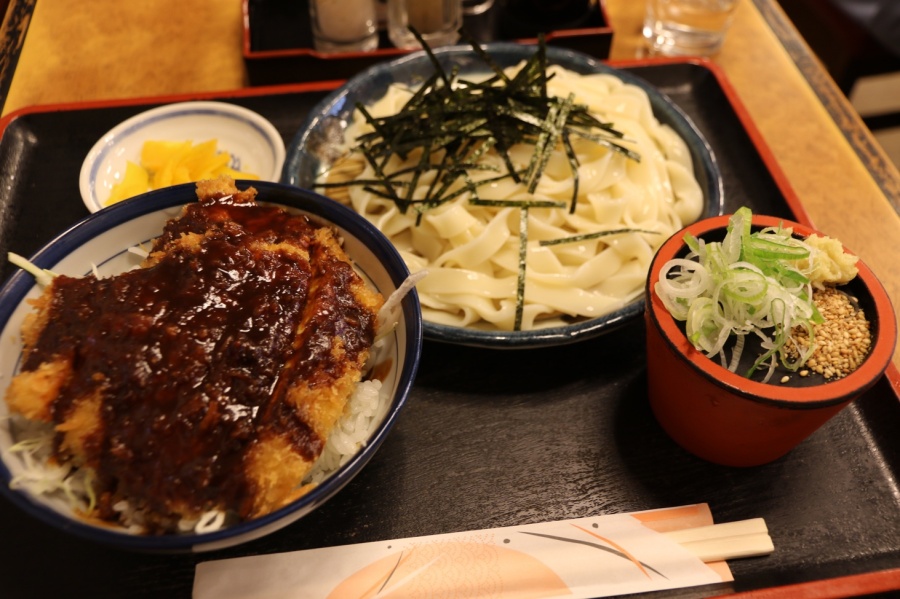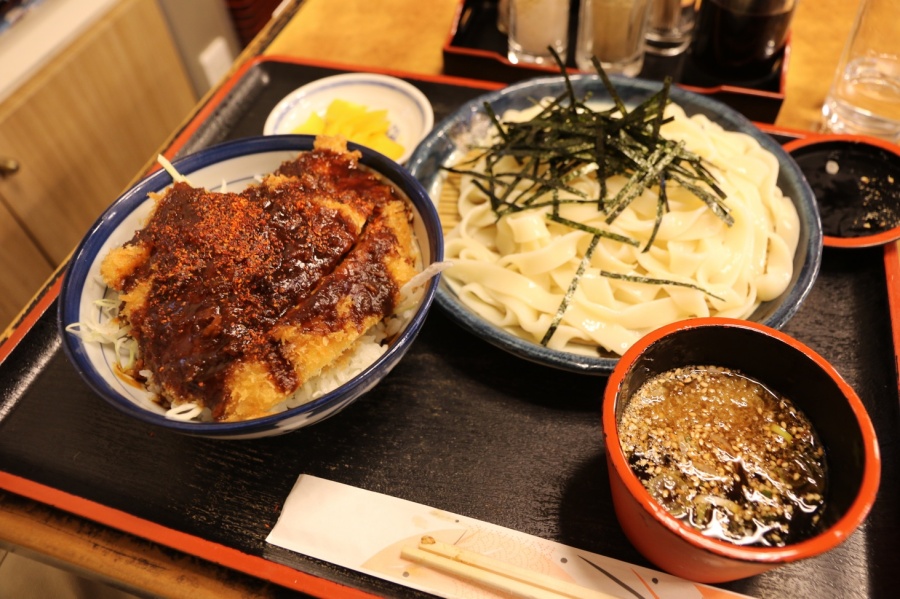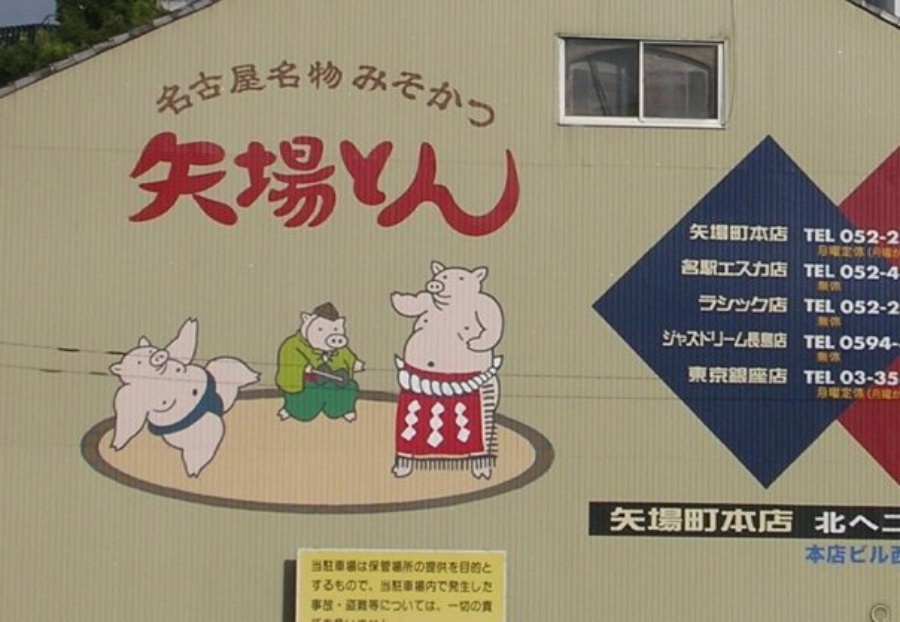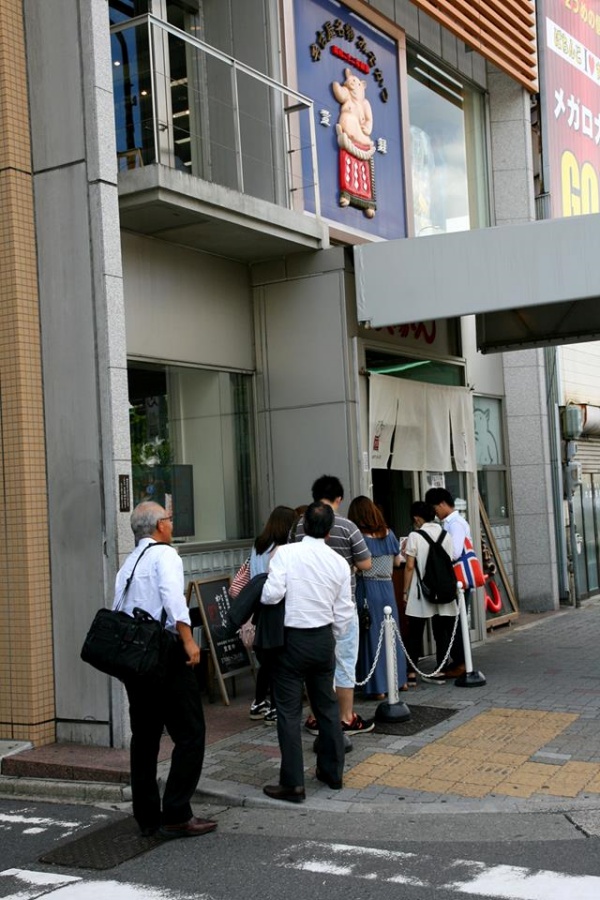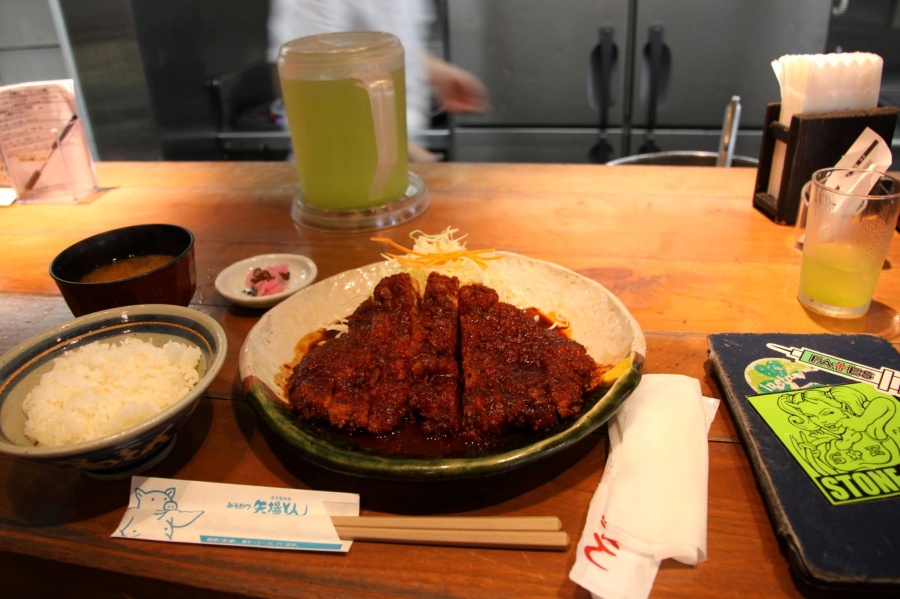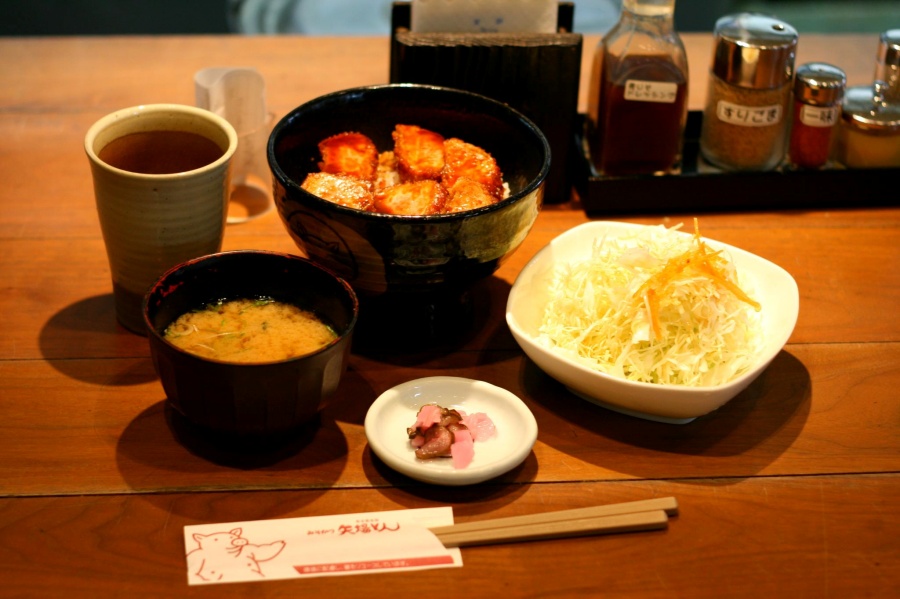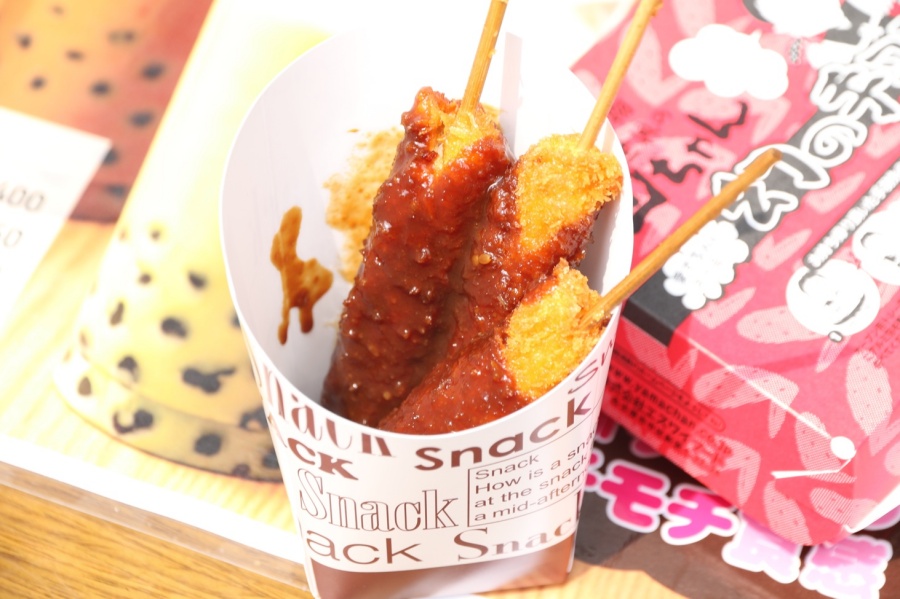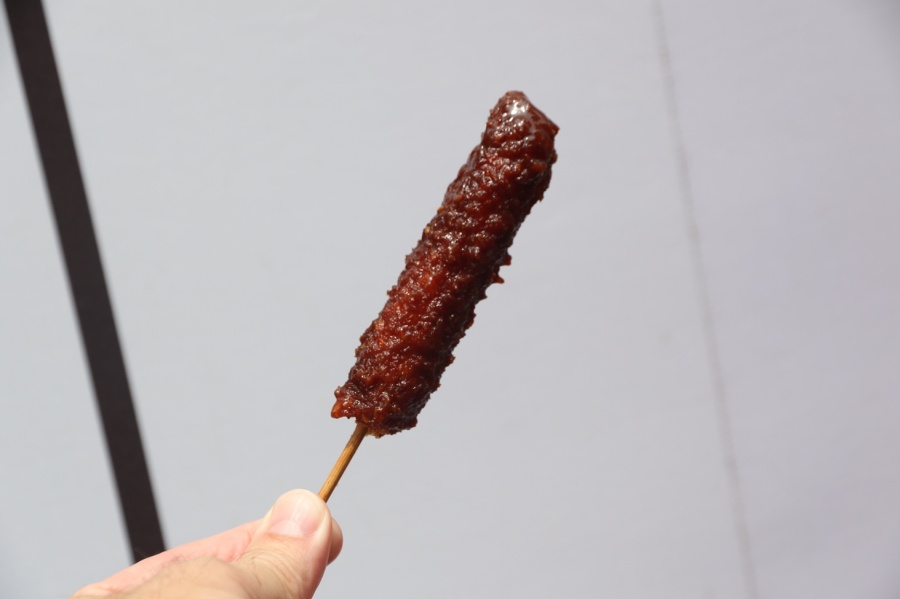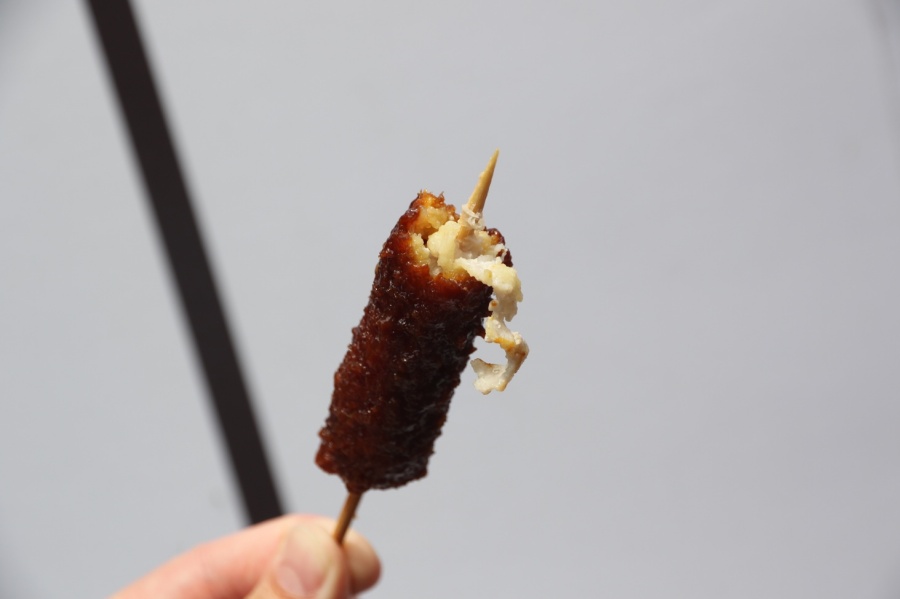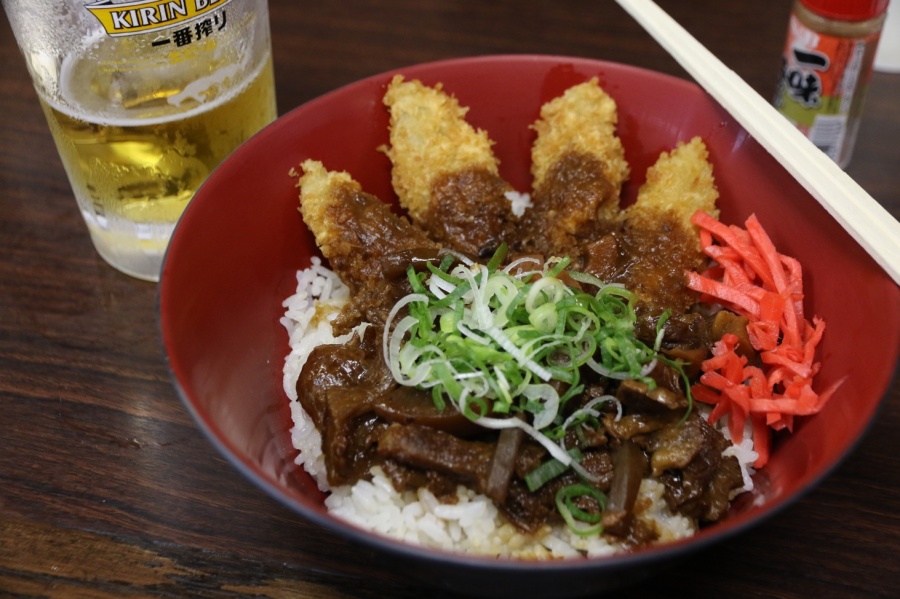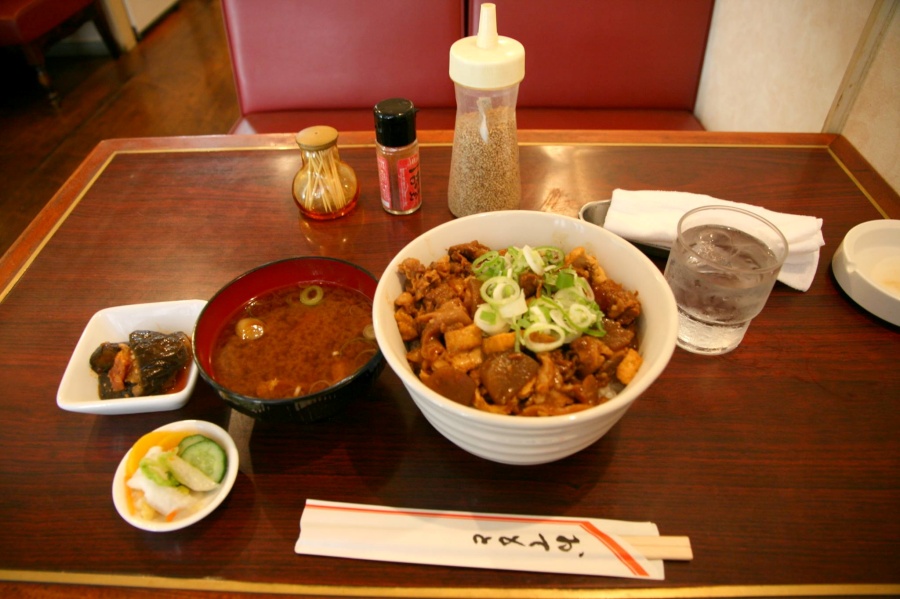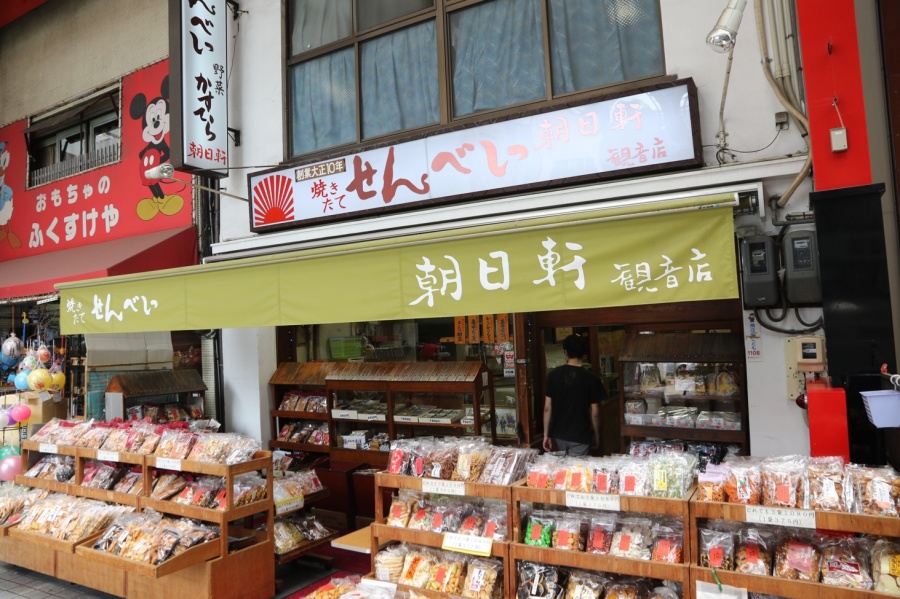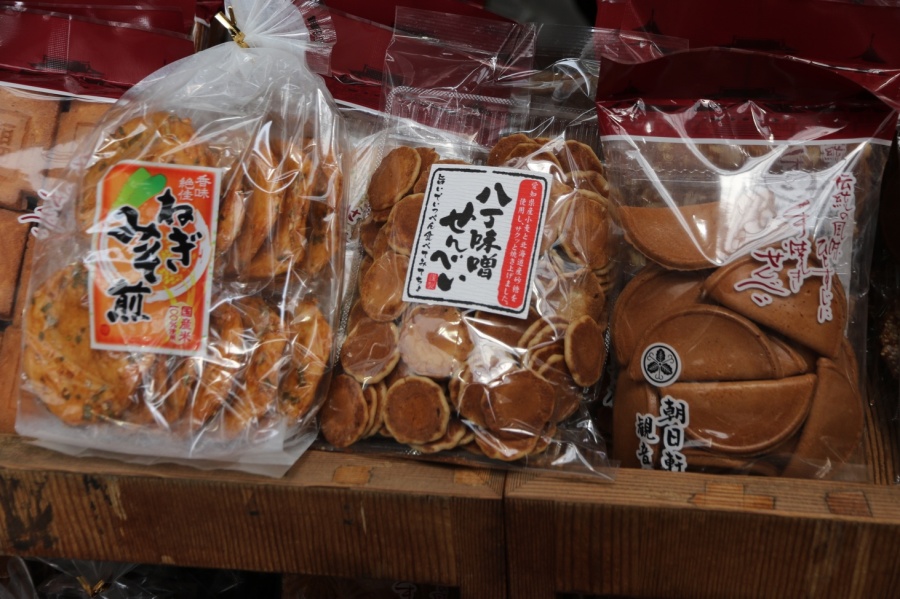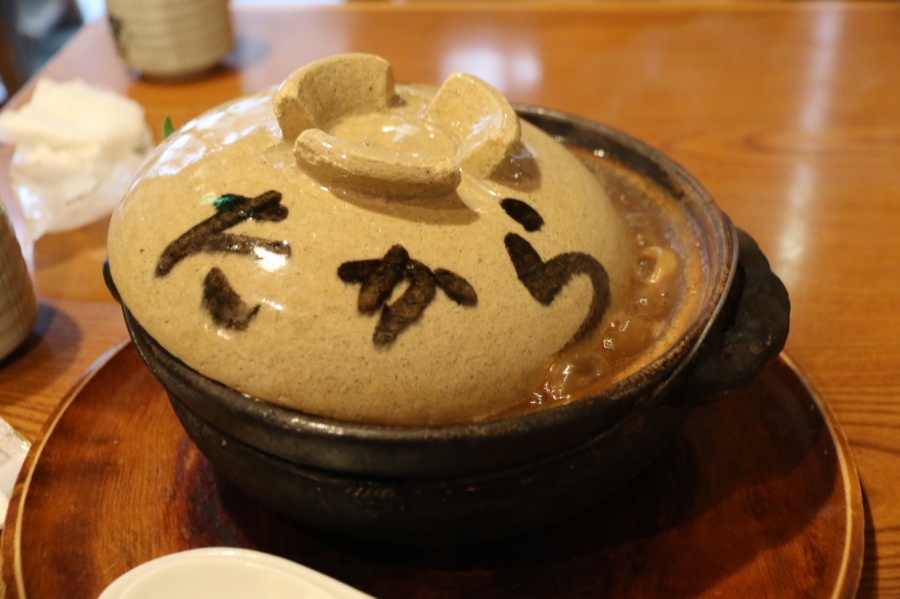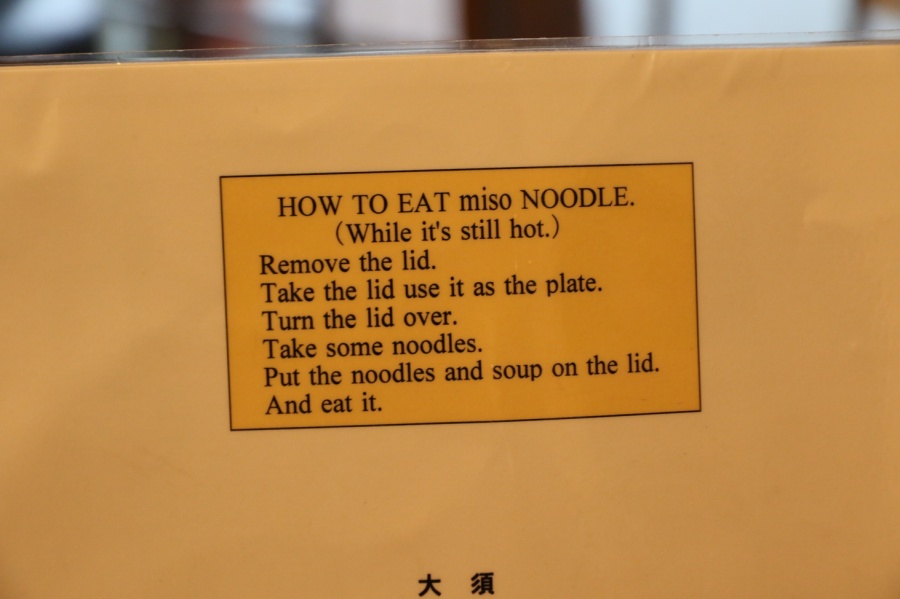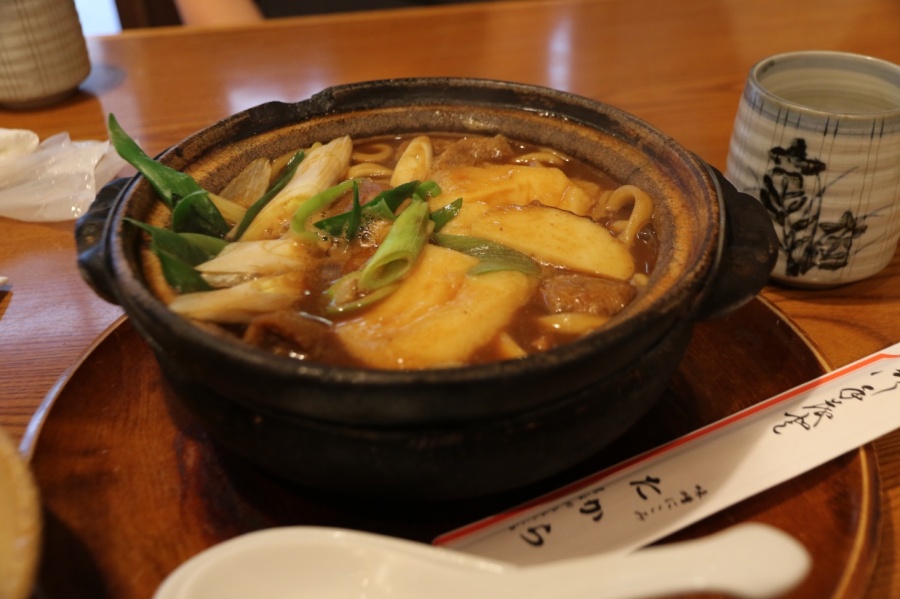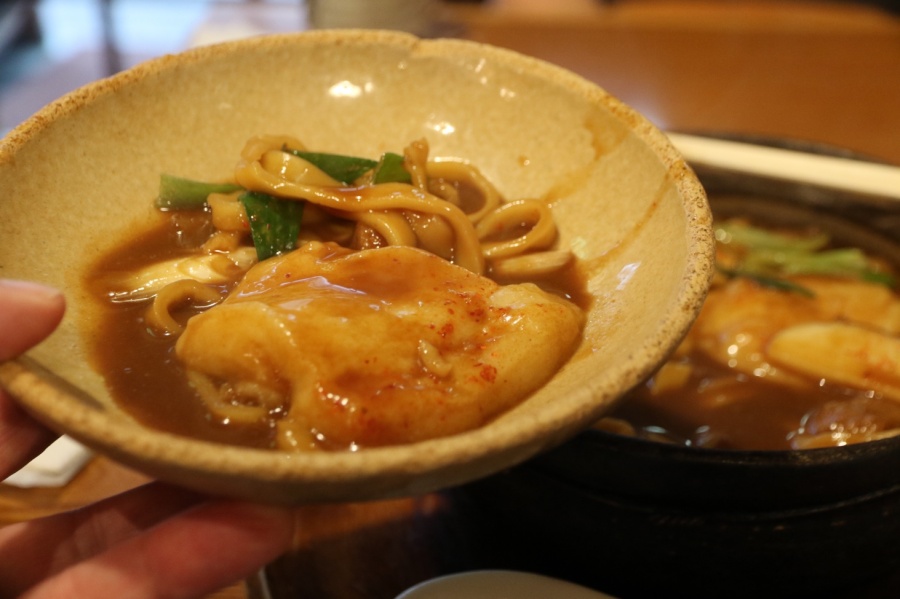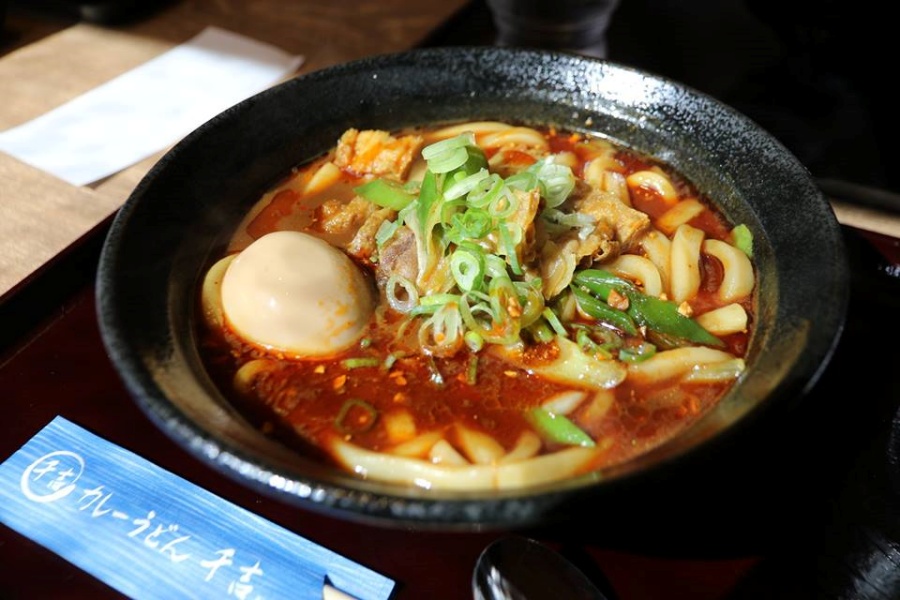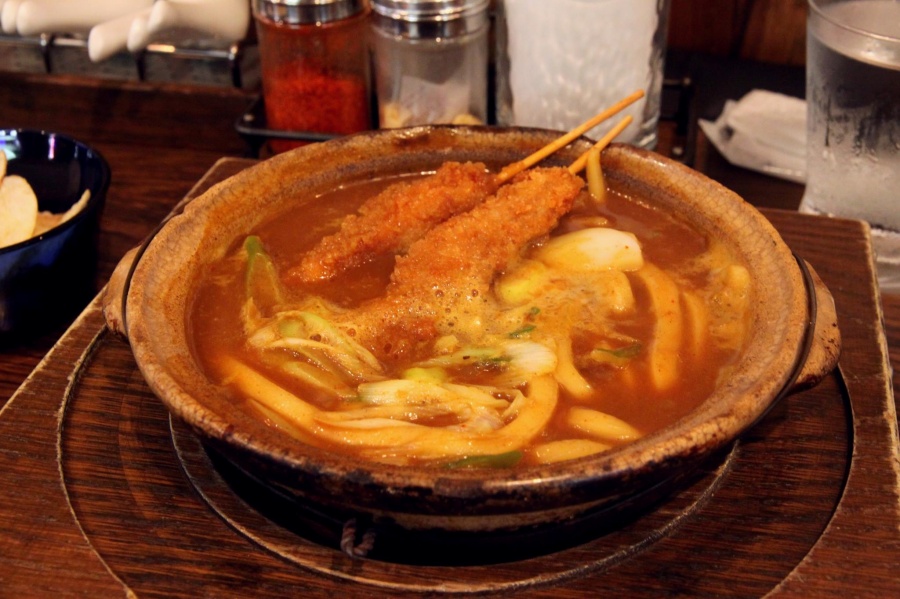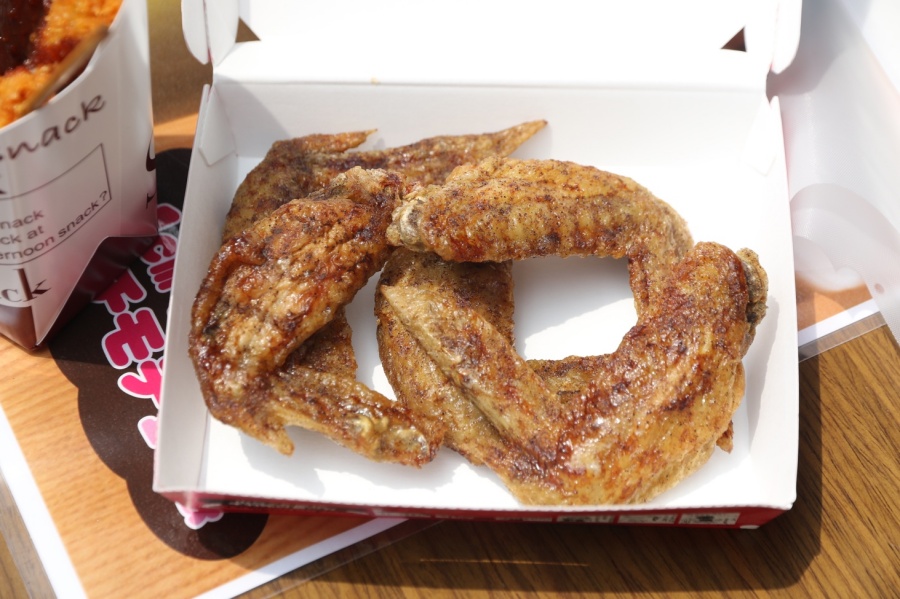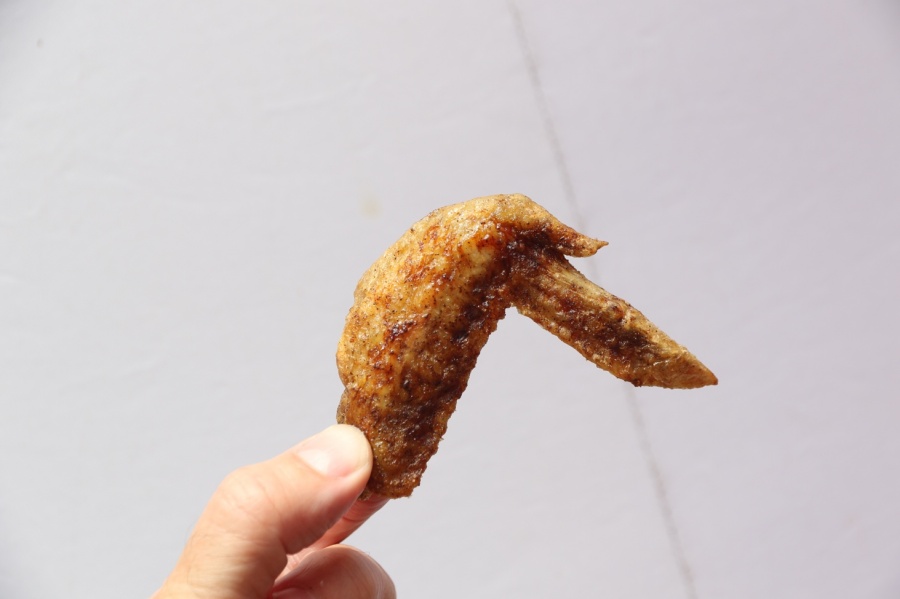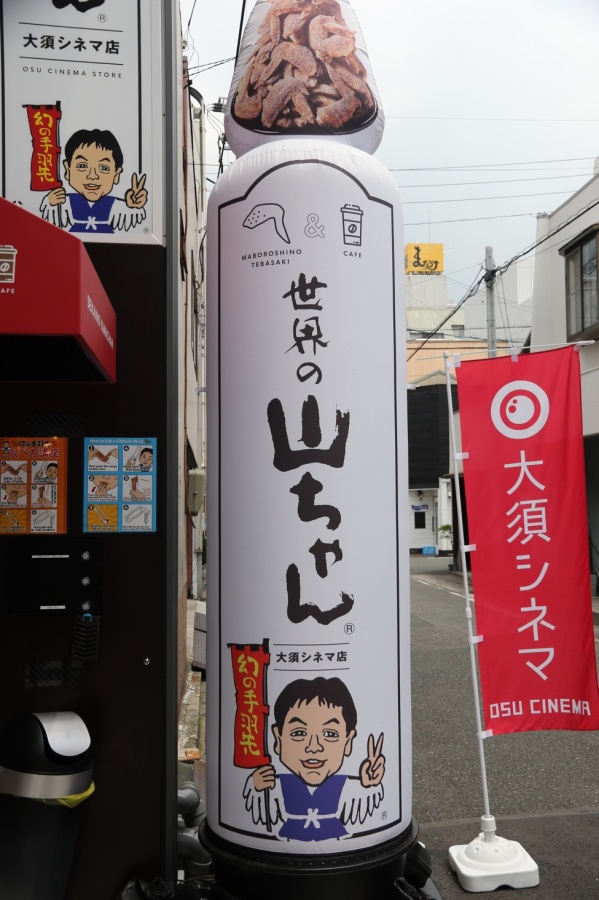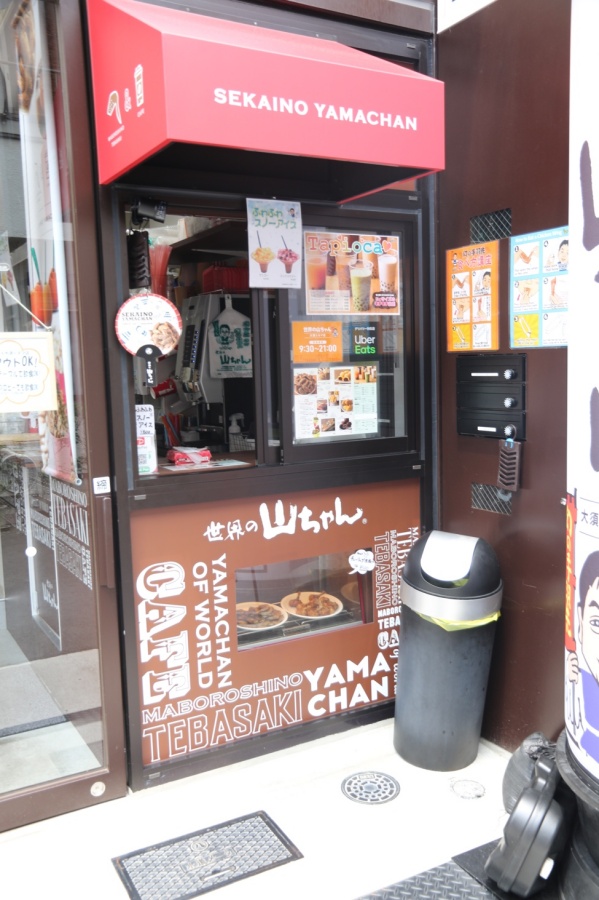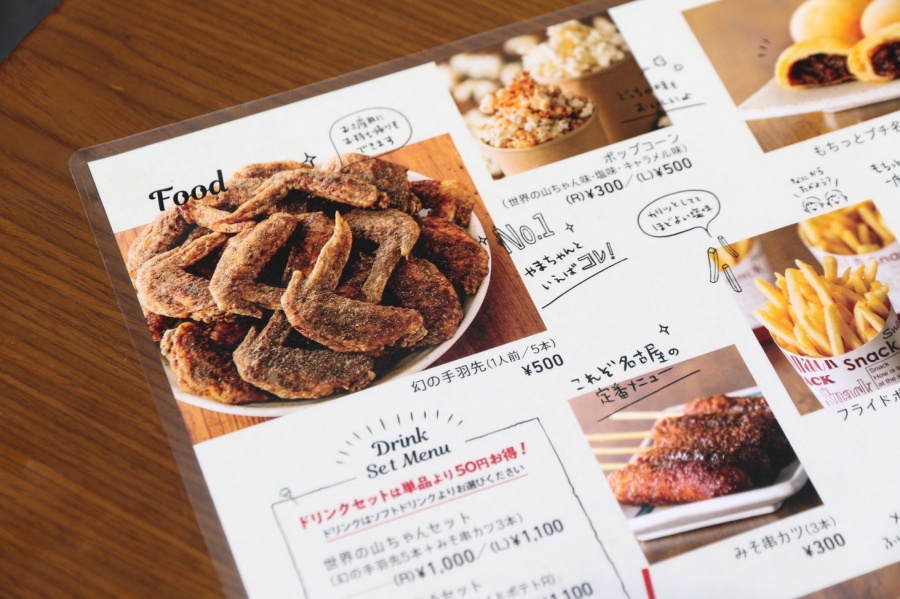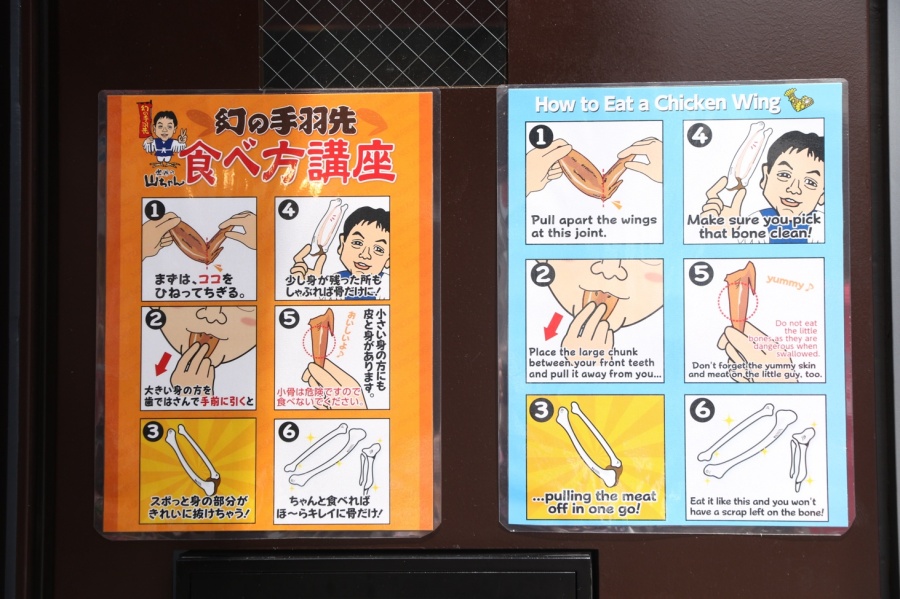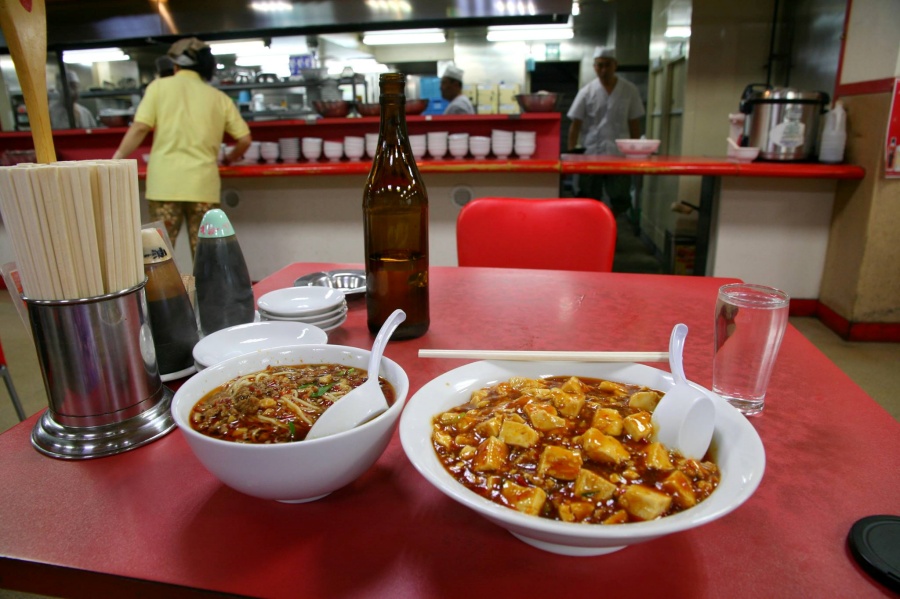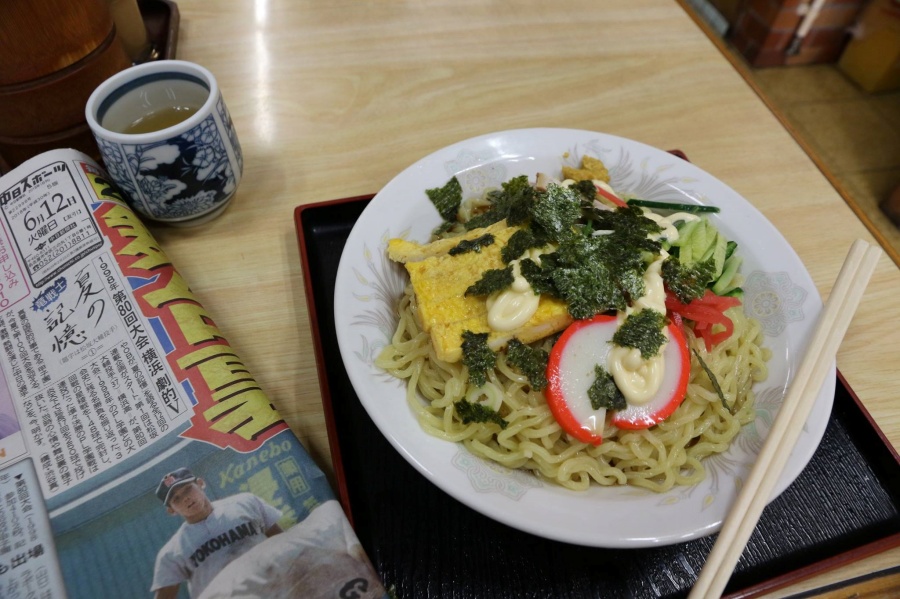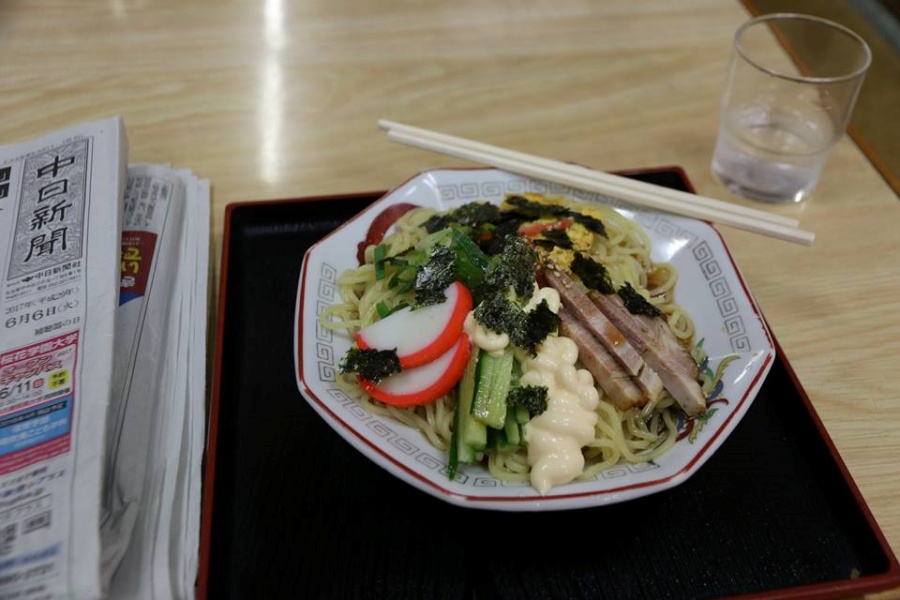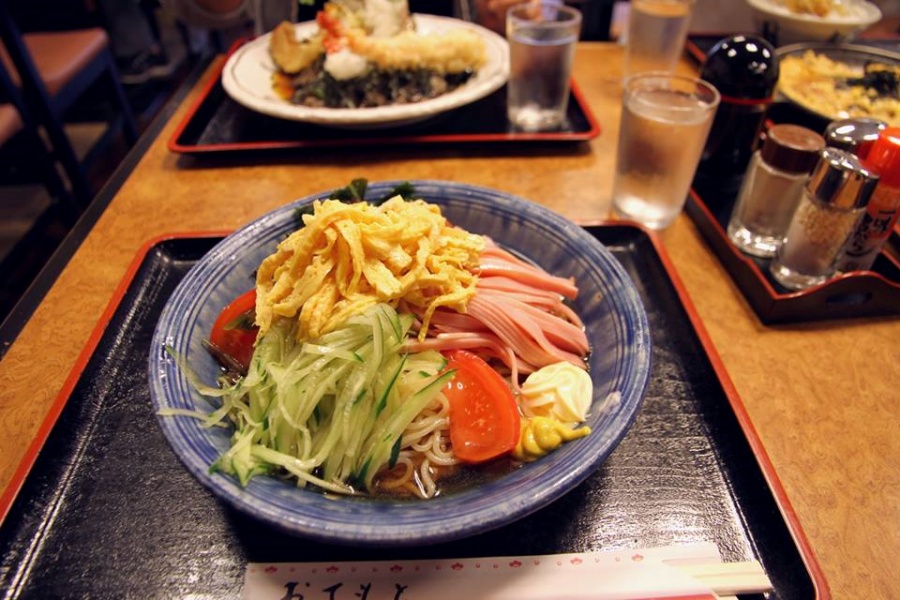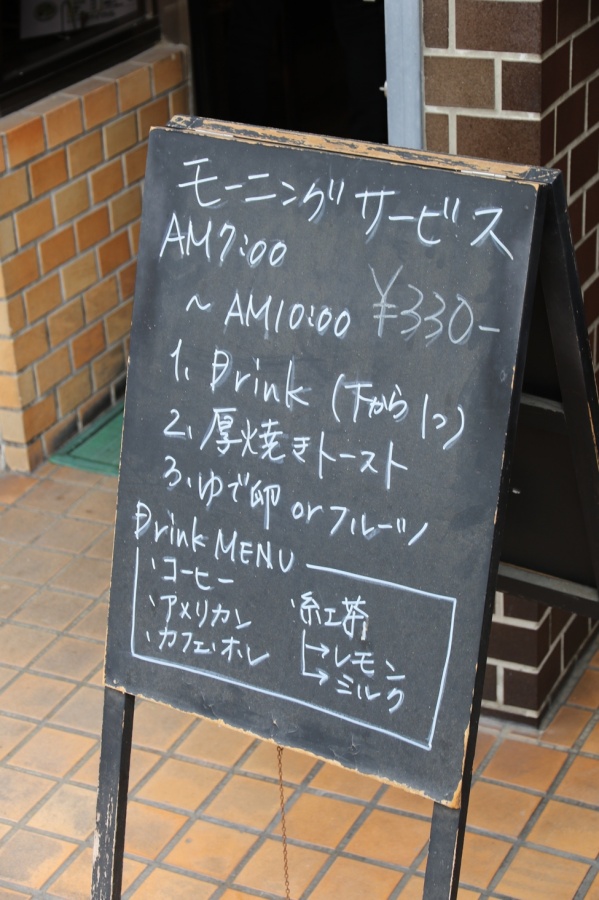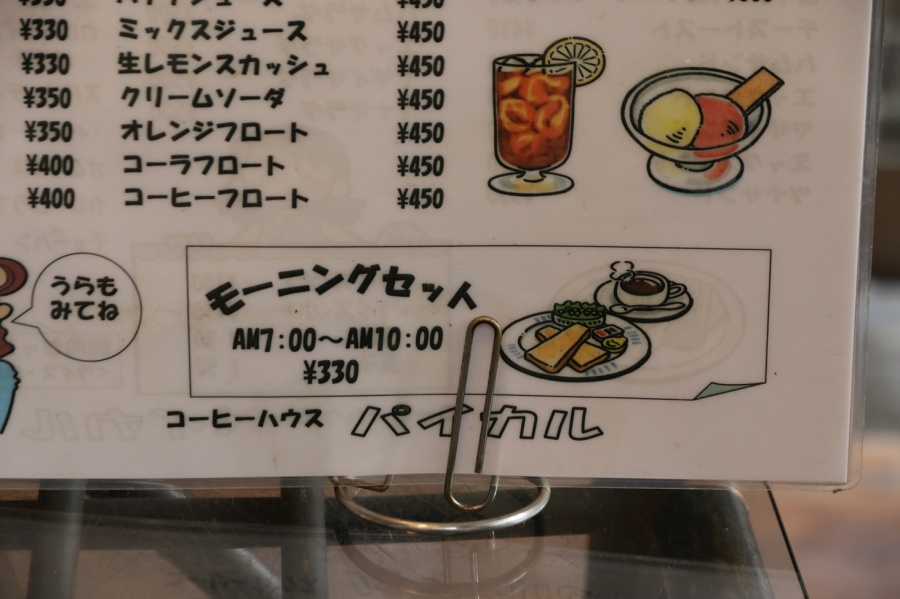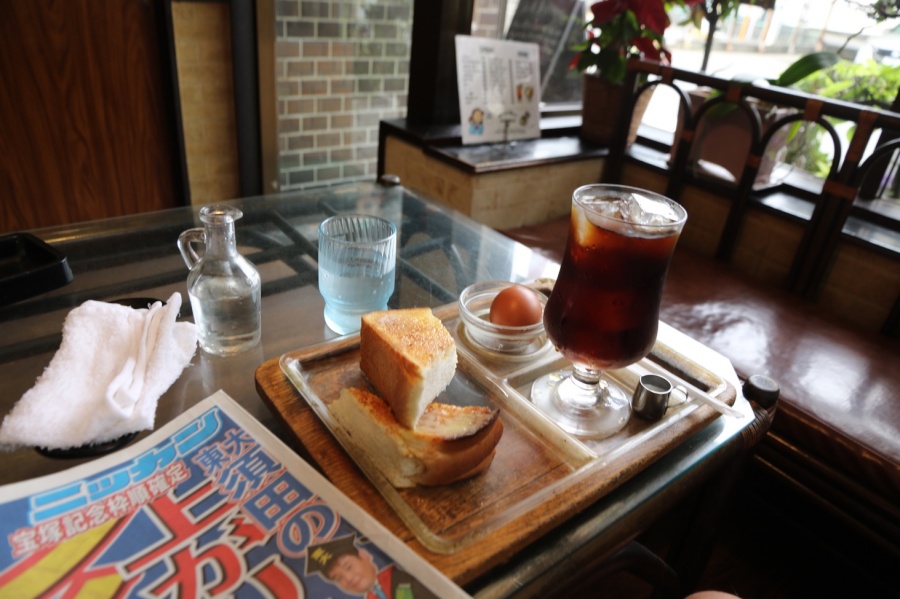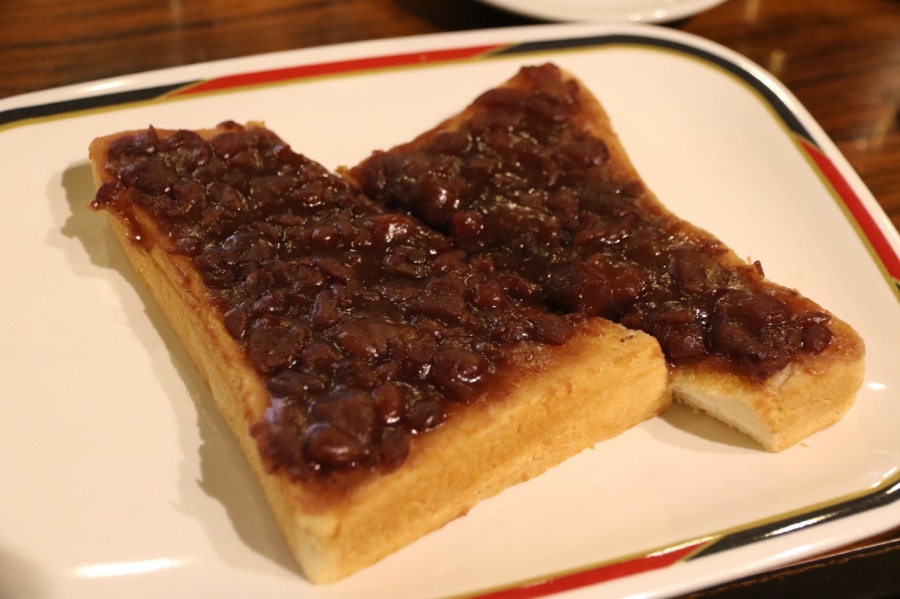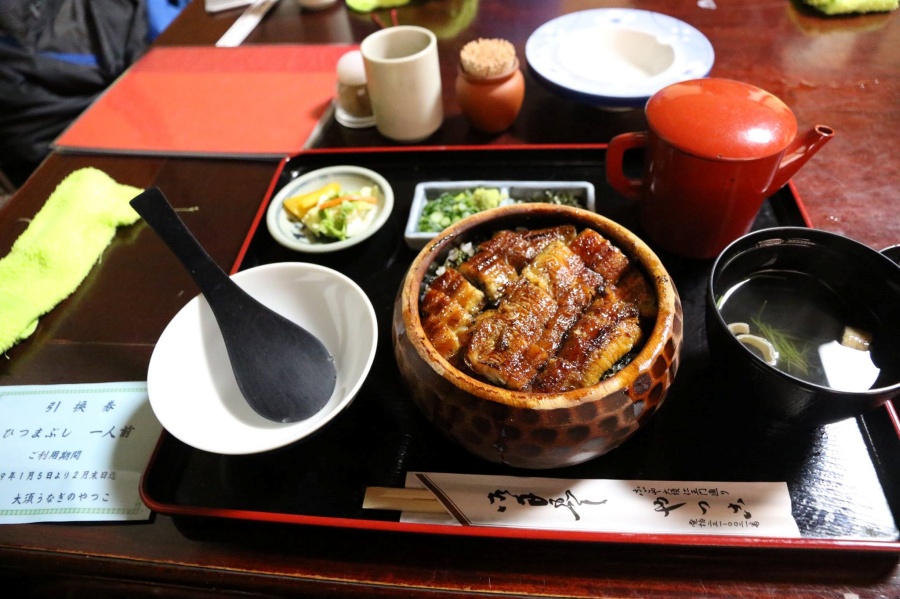Nagoya Meshi Samurai Cuisine
|
|
As the homeland of the samurai warriors who united Japan, the centrally located city of Nagoya and its surrounding region has developed a unique food culture whose distinctive style is known throughout the nation and beyond. Dubbed "Nagoya meshi," this local fare is enjoyed in the area's households and is available at many restaurants as well.
The salty paste called miso is a seasoning that typifies Japan, and every region of the country has a favored local variety. It's made by fermenting soybeans with salt, and often also includes grains such as rice or barley. The miso that Nagoya and Aichi Prefecture are known for is red Hatcho miso – darker and more pungent than many other local kinds, it's made using only soybeans and salt, and is aged for a much longer time than most grain-containing types of miso.
This flavorful red miso is a key ingredient in many local dishes. The best-known example might be miso-katsu, which is a breaded and deep-fried pork cutlet – something like schnitzel – that's topped with a tangy red-miso sauce. Here's a combo set that pairs miso-katsu with cold kishimen – broad and flat noodles made of wheat that are also a local specialty.
|
|
Yabaton is a popular Nagoya-based chain of restaurants that specializes in miso-katsu.
|
|
|
|
|
|
At Yabaton, you can even get rice bowls topped with miso-katsu.
|
|
A variation on miso-katsu that's equally tasty is miso kushi-katsu – deep-fried skewers of bite-size pieces of meat (generally pork or beef).
|
|
|
|
|
|
Hatcho miso is also used in dote-ni, which is a stew made using organ meats.
|
|
|
|
This shop in Nagoya's Osu shopping arcade that makes sembei (traditional Japanese-style sweet and savory cookies and crackers) even uses red miso in a few of its offerings, which makes them great souvenirs of the region.
|
|
|
|
Red miso is also found in miso-nikomi udon, in which ropy udon noodles are stewed in a thick red-miso sauce. This is generally served piping hot in an earthenware bowl, with the bowl's lid used as a saucer to cool and eat the noodles a little at a time.
|
|
|
|
|
|
|
|
These same noodles also feature in curry udon, in which they're topped by a (usually mild) Japanese-style curry sauce.
|
|
Sometimes the udon is stewed in the curry sauce, in the same way as miso-nikomi udon. This is called curry-nikomi udon. (Perhaps it's no surprise that "nikomi" means "stewed.")
|
|
Tebasaki chicken wings are another local favorite. They're usually deep-fried with no batter coating, and generously seasoned with black pepper.
|
|
|
|
One restaurant specializing in tebasaki that has locations throughout Nagoya and elsewhere in the country is Sekai no Yama-chan.
|
|
|
|
|
|
|
|
Despite its name, the noodle dish known as Taiwan ramen actually originated in Nagoya. It features Taiwanese danzi noodles topped with an extremely spicy mince of ground meat, chili peppers, a garlic-like chive called nira, and often bean sprouts as well. Here's a combo set of Taiwan ramen and mapo doufu at Misen, the Nagoya restaurant that lays claim to having invented Taiwan ramen.
|
|
Hiyashi chuka – chilled ramen – is a dish found throughout Japan, but if you order it in Nagoya, don't be surprised if it comes with a dollop of mayonnaise – a topping seldom used in the recipe for this elsewhere in Japan.
|
|
|
|
|
|
Something else that's part of the food culture in this region is known locally as the "morning service" – a breakfast deal available at many kissaten (traditional Japanese-style coffee shops) that includes food items – sometimes even a full meal – for just the price of a cup of coffee.
|
|
|
|
|
|
The food menu at this kissaten includes Ogura toast – buttered toast topped with a sweet red-bean paste. In this local specialty, the saltiness of the spread provides a tasty counterpoint to the mellow sweetness of the bean paste.
|
|
Maybe the most regal example of the local fare of Nagoya and Aichi is hitsumabushi, which is a dish of chopped charcoal-grilled eel on rice that's served with condiments and broth on the side. You first enjoy it just as it is, then with the condiments added, and then with the broth (or sometimes tea) poured over it. Delicious!
|
|
This has been a look at just a few of the local specialties you can sample in this part of Japan. Here's hoping you get to enjoy them the next time you visit!




